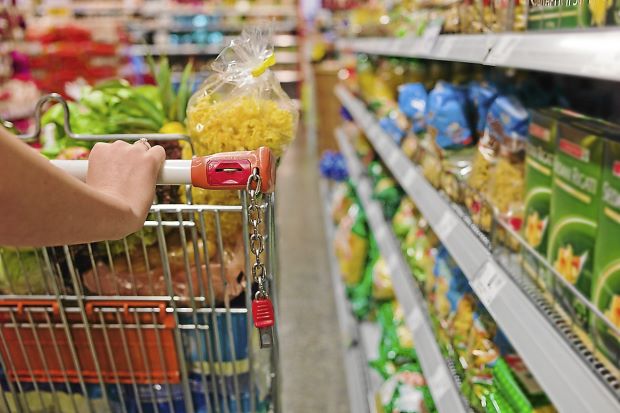World Food Day initiative to help build a sustainable future.
THE math is simple, the statistics staggering: there are almost 842 million people around the world who are chronically undernourished. But according to the United Nations, if we collectively worked together to reduce food waste, the world could feed up to two billion people.
That’s one of the main messages coming out of World Food Day, a Food and Agriculture Organization (FAO) event which is being marked in 150 countries around the world on Oct 16.
Here are a few other guilt-inducing statistics that should make every consumer in the Western world cringe with shame: Food waste in North America and Western Europe equals about 100kg a person, per year.
In Africa, that plummets to 10kg a year, said José Graziano da Silva, director general of the FAO during a conference in Rome recently.
Overall, that amounts to 1.3 billion tons of food lost every year.
“We could feed all the people in the world without producing more food.”
Food waste is part of the dialogue being explored in this year’s theme: Sustainable Food Systems for Food Security and Nutrition.
And on the most basic consumer level, that amounts to changing shameful habits of throwing out perfectly edible foods because they’re not esthetically pleasing and dumping leftovers that could easily be repurposed into soups and stocks.
Want to support the cause and help feed hungry children around the world? To mark World Food Day, Google will match every dollar donated to The Watch Hunger Stop campaign, an initiative founded by US designer Michael Kors. Money donated goes towards nourishing children in Africa. Donations can be made through the app One Today.
Meanwhile, here are a few lifestyle tips on how to reduce household food waste and help create a more sustainable food system for the world:
- Before hitting the grocery store, take stock of what you need and stick to the grocery list. Refrain from “over-purchasing”. And don’t go shopping when you’re hungry.
- Plan your meals for the week so you know exactly what you need.
- Read dates carefully. The term “use by” is a firm expiry date often found on meat and fish products that must be consumed by the date shown. “Best before”, however, simply indicates that the product will retain its freshness until said date. Products are still safe to consume beyond the time-print.
- Serve smaller portions and let people come back for seconds.
- Keep the fridge temperature at 1°C to 5°C.
- Use your leftovers to make soups, stocks and pies. Browning bananas can easily be turned into banana bread or smoothies, while chicken carcasses make great flavourful homemade stocks. Slice up overripe fruit and roast it in the oven for a quick, healthy snack. Stale bread can be turned into croutons and excess rice made into fried rice. Just use your imagination.
- Don’t bin leftovers, put them in the freezer. Often, soups and stews taste better after being frozen.
- Donate non-perishables to organisations and people who need it.
Sources: European Commission, US Environmental Protection Agency







